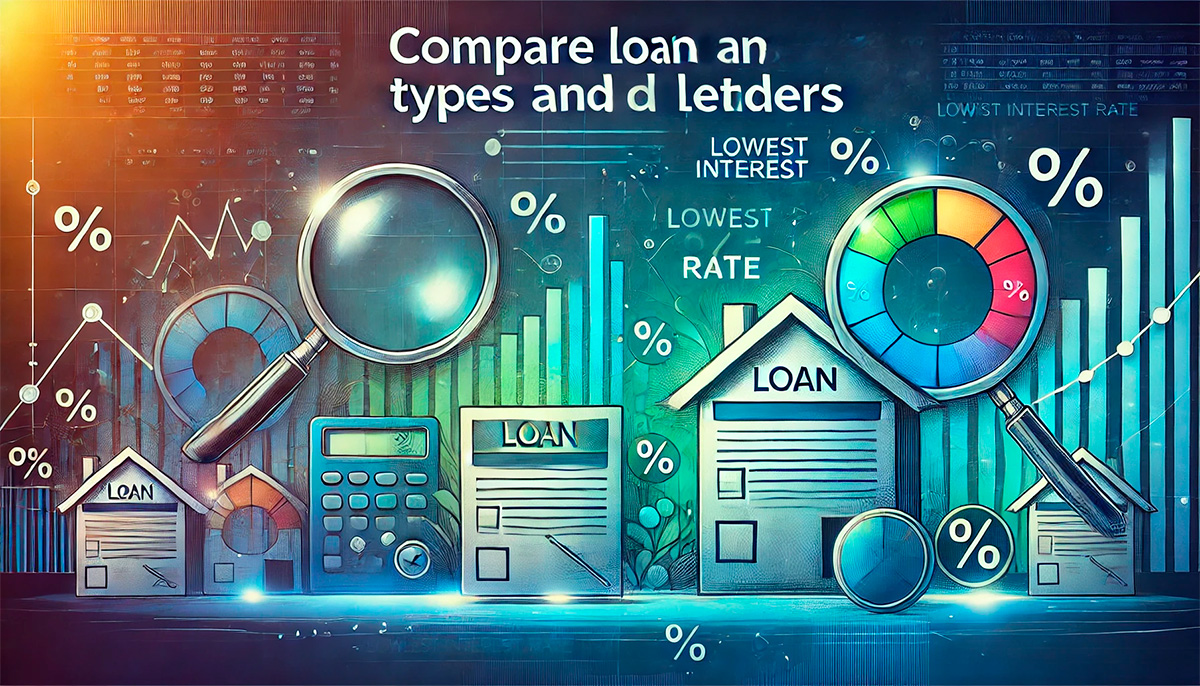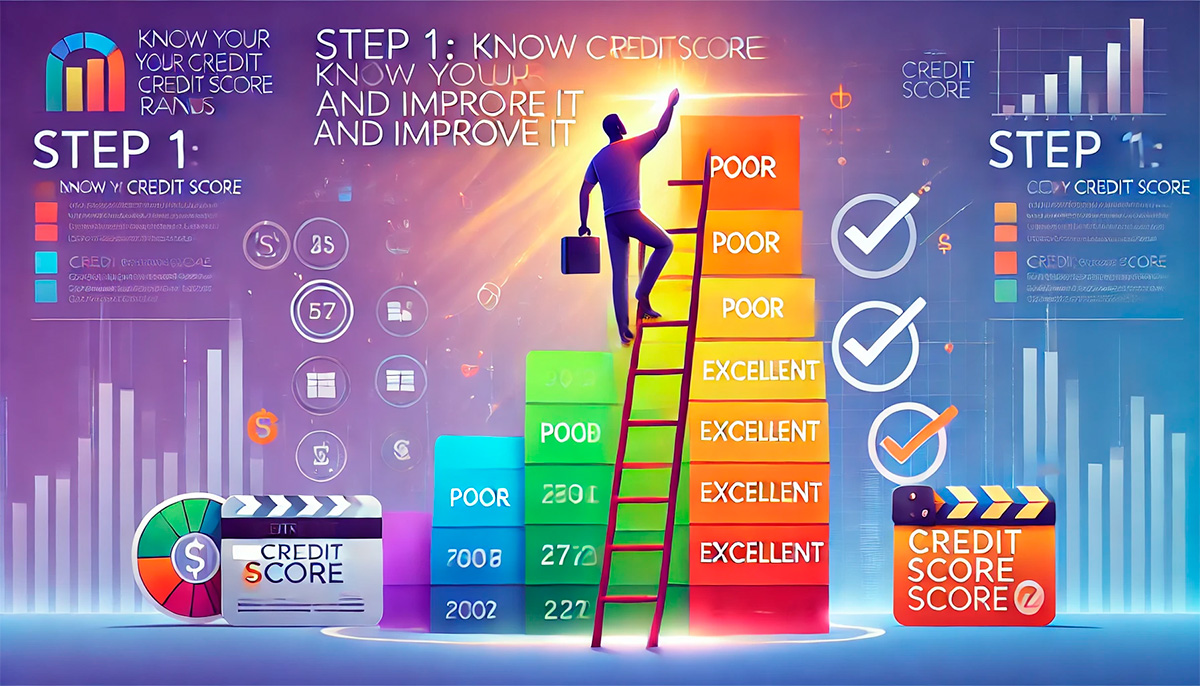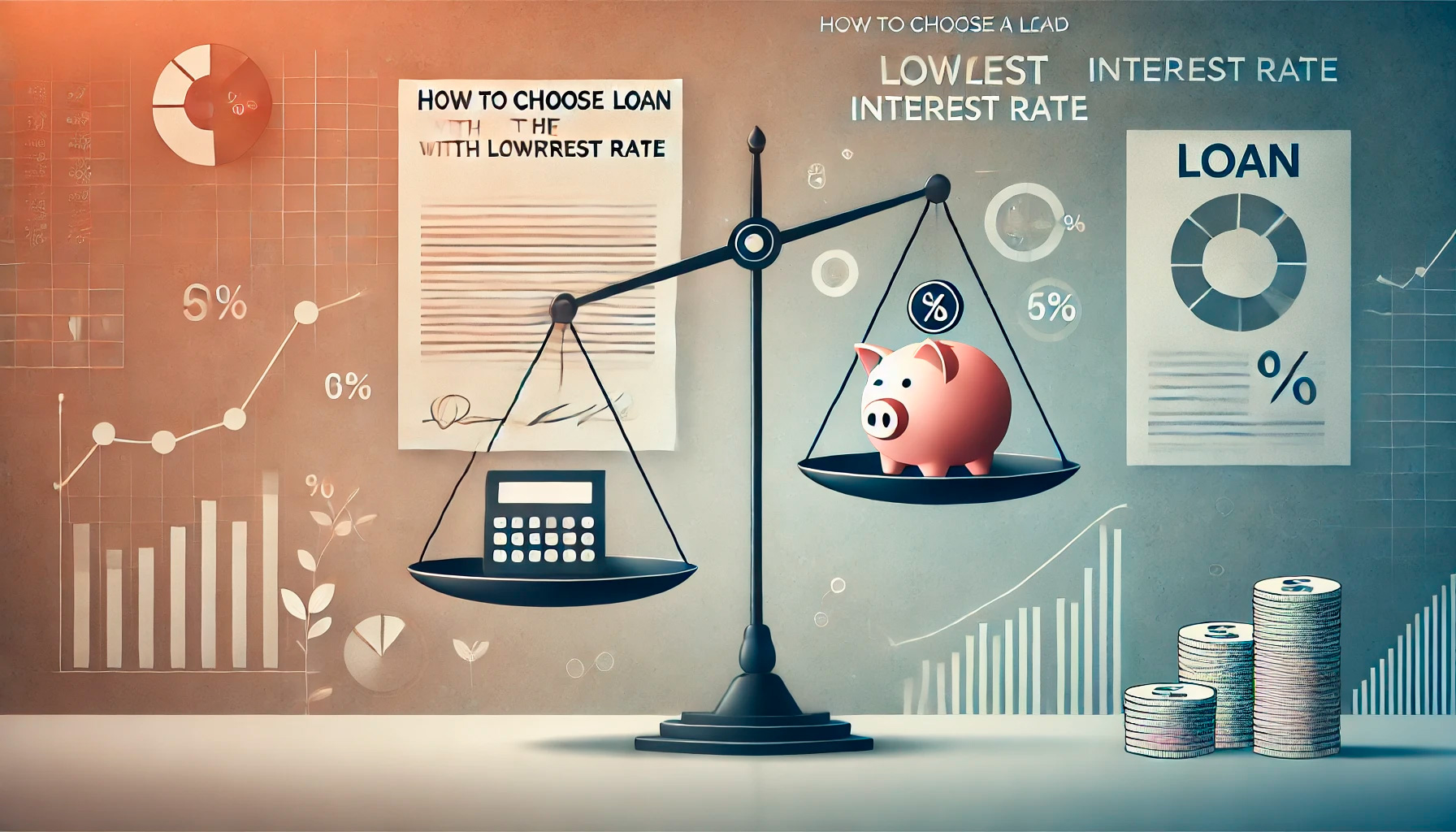Securing a loan with a low interest rate can save you a substantial amount of money over the life of the loan, whether it’s a mortgage, personal loan, or business loan. However, finding a loan with the most competitive rate requires more than just looking at the advertised rates. There are several factors that influence the interest rate you’ll be offered, and understanding these factors can help you make smarter financial decisions. In this guide, we’ll explore how to choose a loan with the lowest interest rate by examining various loan types, comparing offers, and improving your financial standing.
Step 1: Know Your Credit Score and Improve It
Your credit score is one of the most important factors lenders consider when determining your interest rate. A higher credit score can qualify you for lower interest rates, while a lower score might result in higher costs. Before applying for a loan, check your credit score and take steps to improve it if necessary.
Tips to Improve Your Credit Score:
- Pay down outstanding debts, especially on credit cards.
- Ensure timely payments on all current bills and loans.
- Avoid opening new credit accounts just before applying for a loan.
- Review your credit report for errors and dispute inaccuracies.
Why it matters: Lenders view a higher credit score as a sign that you’re a lower risk borrower, which can lead to more favorable loan terms, including lower interest rates.
Step 2: Compare Loan Types and Lenders
Not all loans are created equal, and different types of loans come with varying interest rates. It’s essential to compare multiple lenders and loan types to find the one with the lowest interest rate that suits your needs.
Types of Loans to Consider:
- Secured Loans: Loans that are backed by collateral, such as a mortgage or auto loan, tend to have lower interest rates because the lender faces less risk.
- Unsecured Loans: These loans, such as personal loans or credit cards, typically have higher interest rates because they are not backed by collateral. However, they are faster and easier to obtain.
- Fixed-Rate Loans: The interest rate stays the same throughout the term of the loan, offering predictability and security.
- Variable-Rate Loans: The interest rate can change over time, often starting lower than a fixed-rate loan but potentially increasing later.
Tip: Compare offers from traditional banks, credit unions, and online lenders. Some online lenders offer competitive rates due to lower operating costs. Credit unions, being member-focused, often provide more favorable terms than big banks.
Step 3: Shop Around and Negotiate
Lenders often compete for your business, and you can use this to your advantage by negotiating for better terms. Don’t just accept the first loan offer you receive—shop around and compare offers from multiple lenders. Each lender may offer slightly different interest rates based on their risk assessment, lending policies, and market conditions.
How to shop smart: Get pre-approval from a few lenders to understand what interest rates they can offer you. Use these quotes to negotiate with other lenders, leveraging one offer against another to potentially secure a lower rate.

Key Factors to Compare:
- Interest rate (APR, or annual percentage rate, is a better indicator of total cost)
- Loan term (shorter terms may offer lower rates, but higher payments)
- Fees (origination fees, prepayment penalties, etc.)
- Repayment flexibility
Tip: Some lenders may be willing to match or beat a competitor’s rate, especially if you have a strong credit history.
Step 4: Choose the Right Loan Term
The loan term (the length of time you have to repay the loan) plays a significant role in determining your interest rate. Shorter loan terms generally come with lower interest rates because the lender takes on less risk over a shorter time period. However, the monthly payments will be higher.
Tip: If you can afford the higher monthly payments, opt for a shorter loan term to secure a lower interest rate and save on interest costs over time. Alternatively, balance your need for manageable payments with the lowest possible rate by choosing a term that fits your financial situation.
Step 5: Opt for Automated Payments
Some lenders offer interest rate discounts if you agree to set up automatic payments. This is beneficial for both you and the lender—you ensure timely payments, while the lender reduces the risk of missed payments.
Benefit: This small discount, often between 0.25% and 0.50%, can add up to significant savings over the life of a loan, especially for larger loans like mortgages or student loans.

Step 6: Understand the True Cost with APR
When comparing loans, it’s important to look beyond the interest rate and consider the APR (annual percentage rate), which reflects the total cost of the loan, including fees. A loan with a low interest rate but high fees could end up costing more in the long run than a loan with a slightly higher interest rate but fewer fees.
What to Consider with APR:
- Origination fees: The fee charged for processing the loan can increase the cost, so look for low or no origination fees.
- Prepayment penalties: Some loans charge fees if you pay off the loan early, which can be a deterrent if you plan to do so.
- Closing costs: For mortgages, closing costs can add thousands to your loan, so factor these into your comparison.
Tip: Always calculate the total cost of the loan, including fees and interest over the life of the loan, to determine the best offer.
Step 7: Consider Refinancing Options
If you’ve already taken out a loan and your credit score has improved, or market interest rates have dropped, refinancing could be a way to secure a lower interest rate. Refinancing replaces your current loan with a new one at a lower interest rate, reducing your monthly payments or shortening your loan term.
Tip: Make sure to compare the costs of refinancing (such as closing fees) against the savings from the lower interest rate to ensure it’s worth it.
Conclusion: Taking the Time to Secure the Best Rate
Finding a loan with the lowest interest rate takes time, research, and a strategic approach. By improving your credit score, comparing multiple loan types and lenders, and understanding the total cost of the loan through APR, you can secure a loan with the most favorable terms. Don’t rush into accepting the first offer you receive—shop around, negotiate, and choose a loan that will provide long-term financial benefits.
With a thoughtful approach, you can reduce your borrowing costs and ensure that your loan supports your financial goals rather than hindering them.

